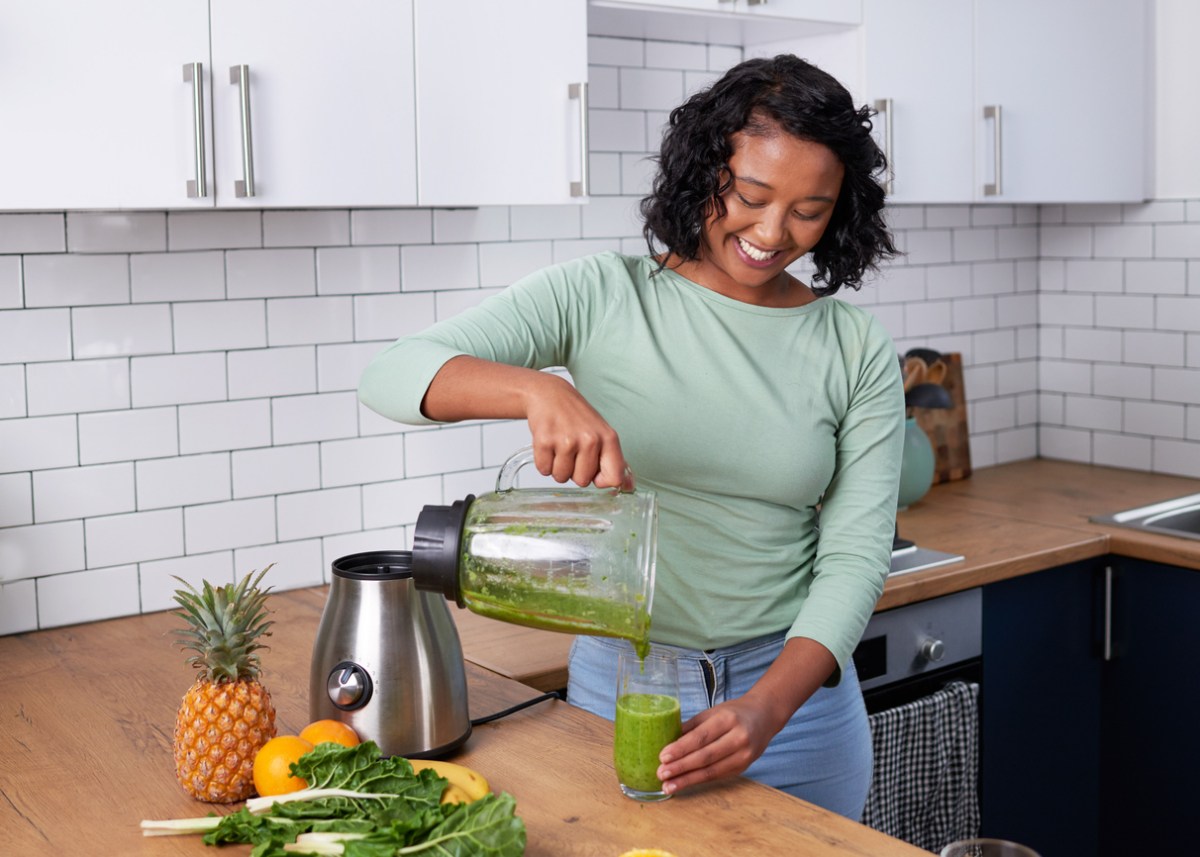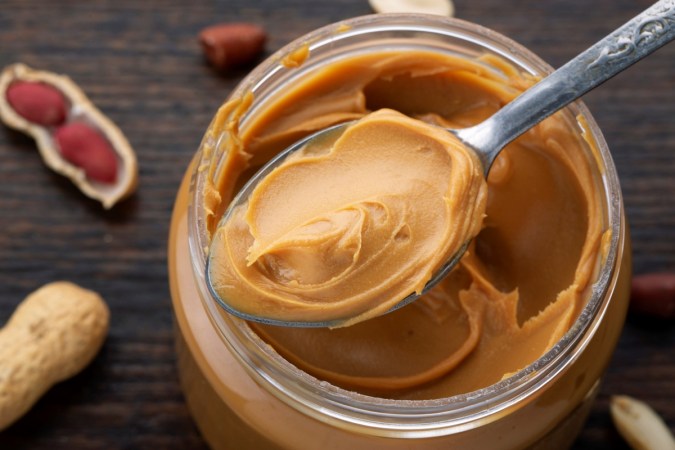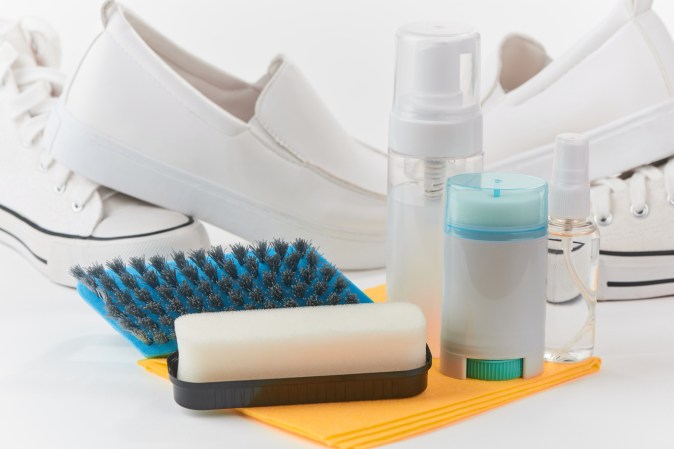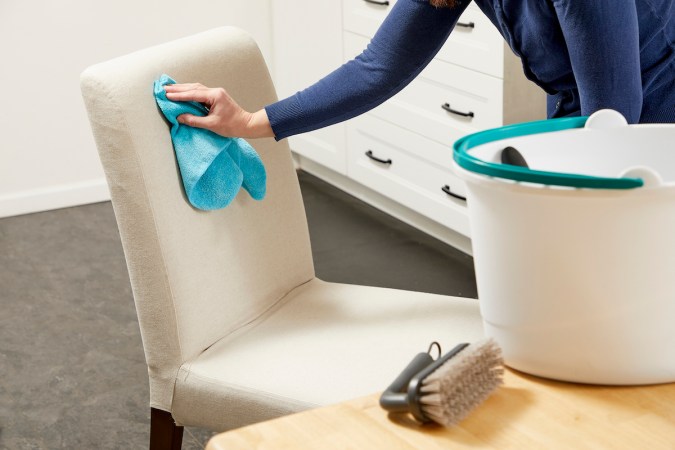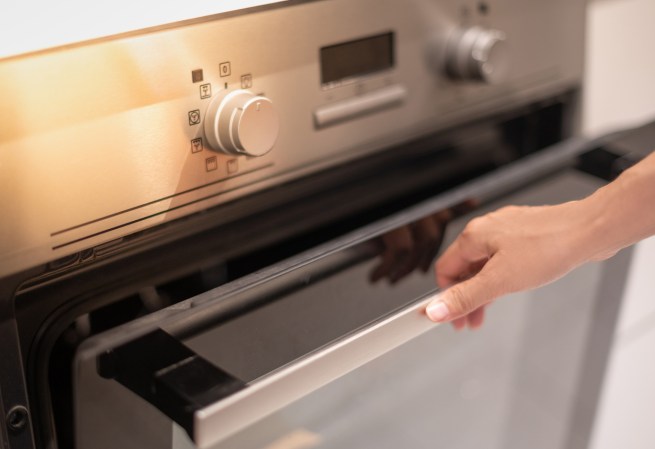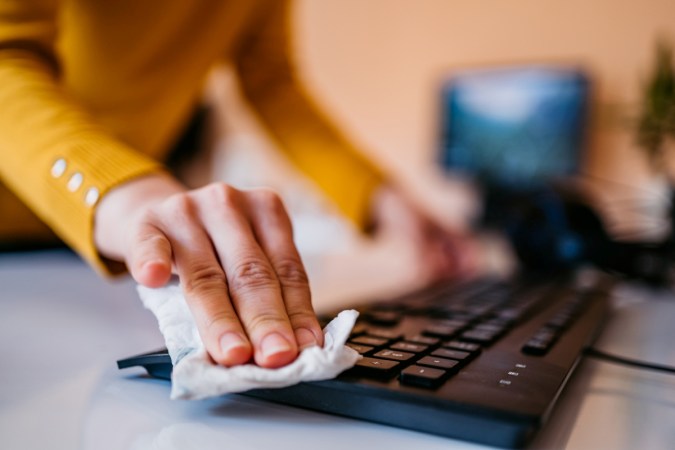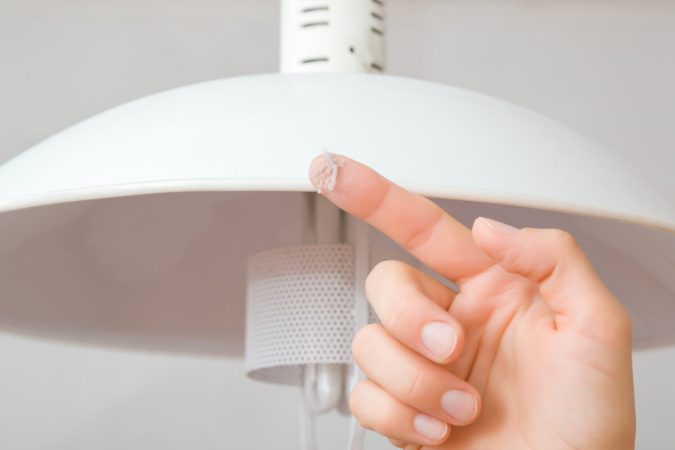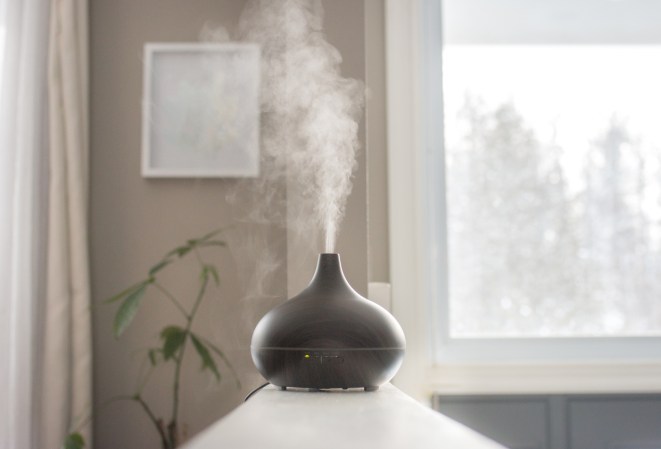We may earn revenue from the products available on this page and participate in affiliate programs. Learn More ›
While there are a few things you should never put in a blender, overall, they’re valued as versatile kitchen timesavers for preparing beverages, meals, and sides for any occasion. However, with their sharp blades and deep jars, blenders can seem a bit daunting to clean. And if they aren’t cleaned properly, they can become a breeding ground for mold and bacteria. Learning how to clean a blender is probably easier than you’d think, and everything you need to know is detailed below.
Tools & Materials
Bobvila.com may earn a commission from purchases made through these links.
Project Overview
Working Time: 10 to 15 minutes
Total Time: 10 to 15 minutes
Skill Level: Beginner
Estimated Cost: $0 to $20
BEFORE YOU BEGIN
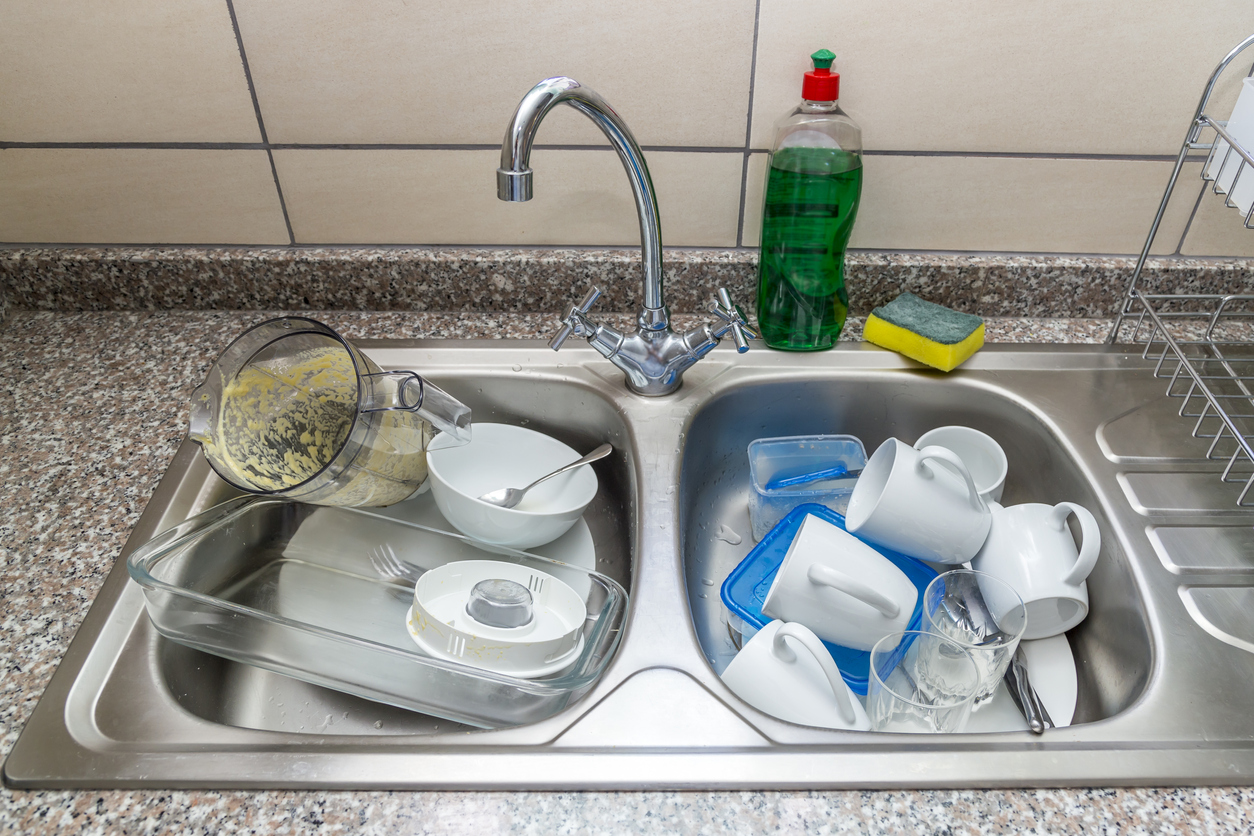
Rinsing your blender immediately after each use can make cleaning it a lot easier. Dried, stuck-on food is often what makes a blender more difficult to clean. Rinsing the blender will remove most food residues, greatly simplifying the cleaning task. However, if food is already stuck on your blender, the steps below will also allow you to loosen and remove it without too much difficulty.
RELATED: Make Smoothies at Home That are Actually Smooth with This Surprisingly Versatile Blender
STEP 1: Disassemble the blender.
Before you can begin cleaning a blender, you’ll need to take it apart. Start by unplugging the base from the wall, then remove the blender jar from the base. Take the lid off of the jar, unscrew the base, and remove the seal within the base. If your blender has a detachable blade, remove it from the jar as well.
STEP 2: Wash the blender jar.
A simple solution of soap and water can make an excellent blender cleaner. Fill the sink or a large wash basin with warm water and a few drops of dish soap, and let the blender soak in the solution for a few minutes. Use a sponge to wipe the inside and outside of the blender jar with the soapy solution. If your blender does not have removable blades, take care not to reach too far down into the base so you don’t accidentally cut your hand.
Alternatively, depending on the manufacturer’s instructions for your model, you may also be able to clean the jar of a blender in the dishwasher. However, washing in the dishwasher may increase the chances that the jar will get chipped or broken.
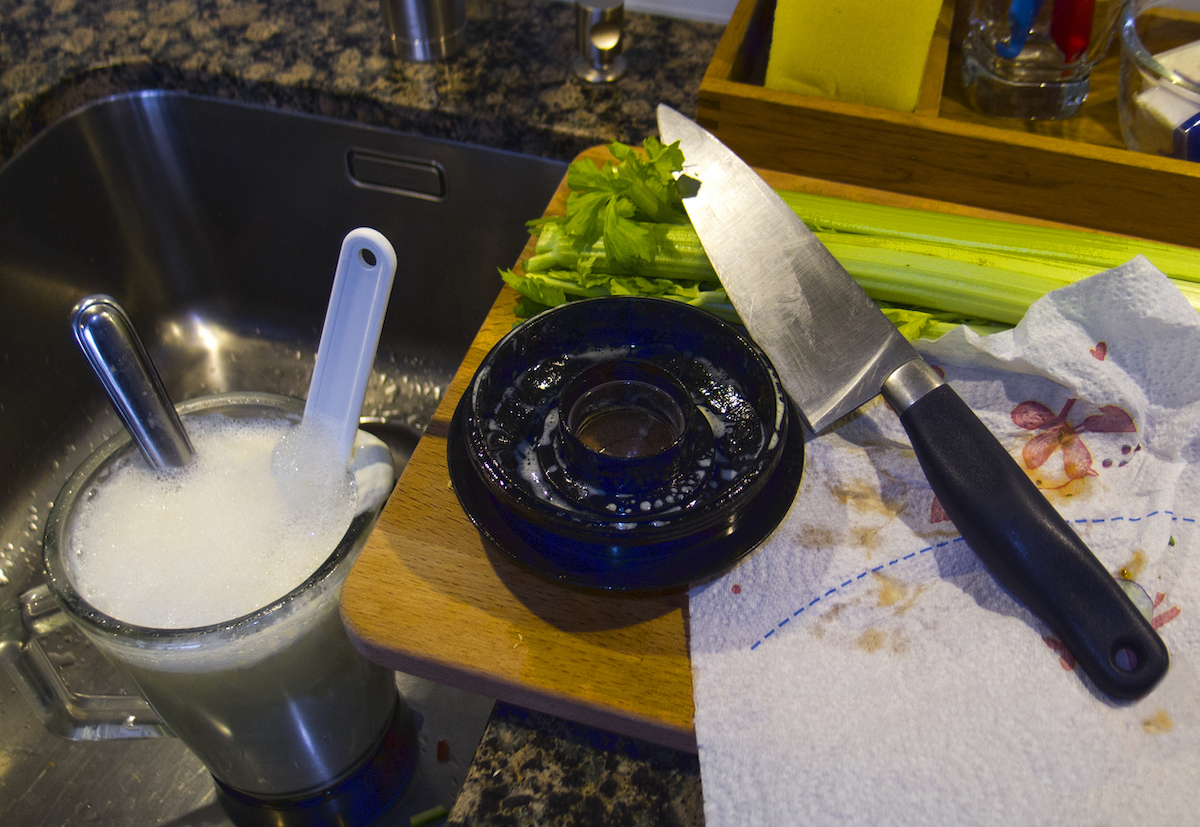
STEP 3: Hand-wash the lid and other smaller components.
Now it is time to move to the other parts of a blender, including the lid, gasket seal, base, and blade (if your model has a removable blade). Add all of these components to the wash basin or sink to soak them in warm, soapy water. After soaking, rinse each part well and dry it with a microfiber towel.
STEP 4: Loosen stuck-on foods by adding baking soda and water to the blender and running it.
If you’re looking for tips for easy-clean blenders, you can let your blender do a lot of the hard work for you. If there is any stuck-on food, add a 1:1 ratio of baking soda and water to the blender (fill it only about one-third of the way with the solution). Return the lid to the jar and place it on the base. Run the blender for about 15 seconds. The baking soda and water mixture will help loosen stuck-on foods and deodorize the jar.
If you’ve noticed an unpleasant odor coming from your blender jar, it may be the result of blending particularly strong foods, such as garlic, onions, ginger, or anything very spicy. Adding a few chunks of lemon to the baking soda and water blender bottle cleaner solution can help remove foul odors from the blender.
After running the blender with the mixture of baking soda, water, and lemon, dump out the liquid. Then, rinse each piece and follow the steps above to clean the jar and the smaller parts with warm, soapy water.
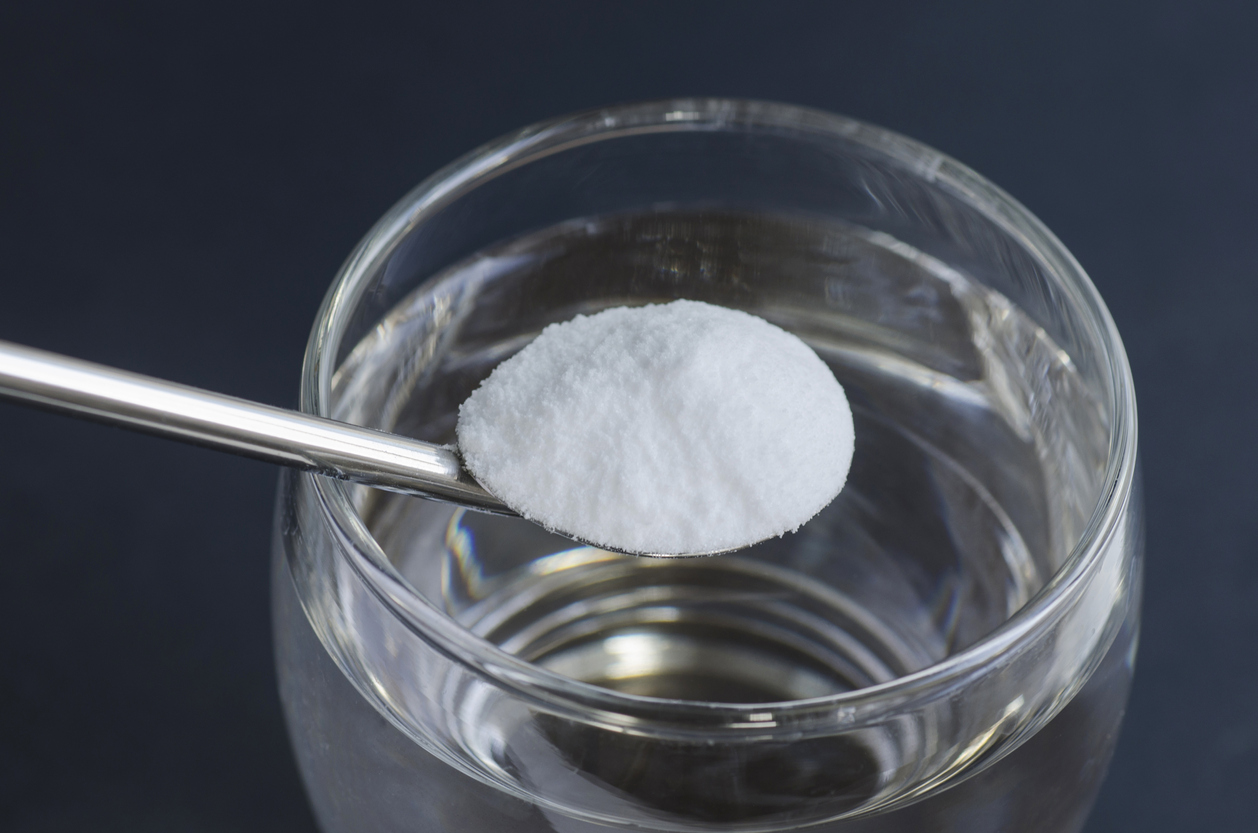
STEP 5: Wipe down the base using a damp microfiber cloth.
Blender bases contain the electrical components that allow the blender to work. Because of this, they should never be submerged in water. Rather, you can simply clean a blender base by wiping it down with warm and damp microfiber cloth. A gentle wiping should remove most splatters and stains, but you may need to apply some elbow grease for more stuck-on messes. After wiping the base, carefully wipe down the appliance’s cord as well.
STEP 6: Let everything dry and reassemble the blender.
Now that you have a clean blender, give the parts time to fully dry. Then, reassemble everything and place the blender in a cabinet for storage or leave it on the countertop if you plan on using it in the near future.
RELATED: The Best Blenders for Ice Crushing
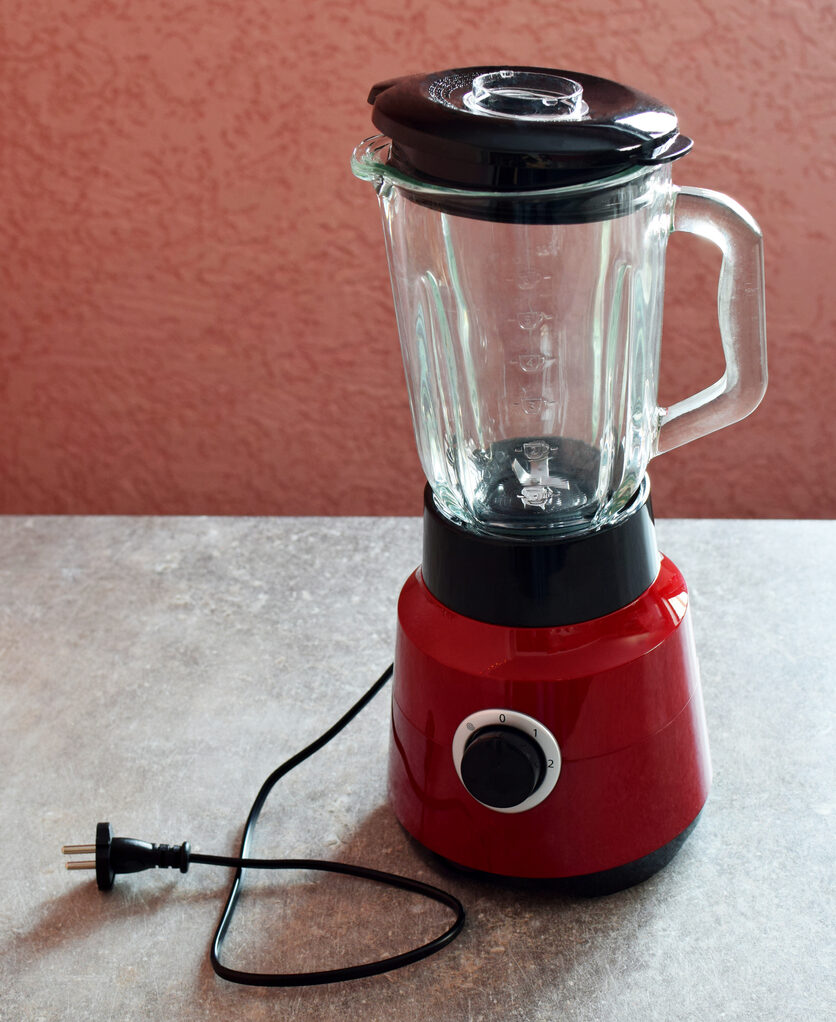
Final Thoughts
Don’t be intimidated by the need to clean a blender or blender food processor combo. You can turn any of these models into easy-to-clean blenders with the tips shared above. Remember, thoroughly rinsing your blender immediately following each use will remove food residue and make it much easier to clean.

